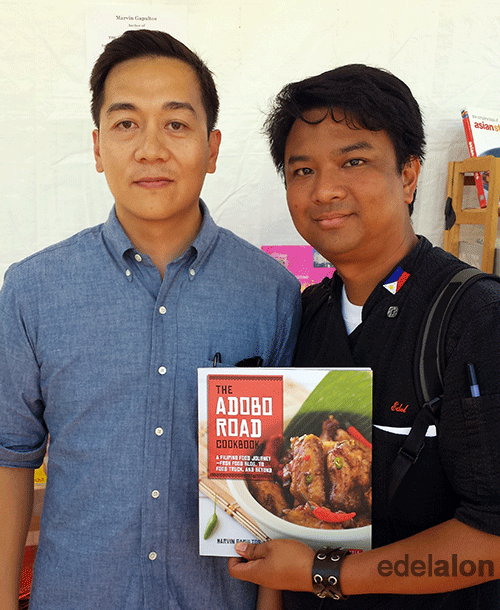It’s no surprise that the cuisine of a country reflects a lot about its culture – especially when it comes to traditional dishes! In Philippines, one of their most beloved dishes is adobo. It’s a versatile dish that can be made with different meats and vegetables, depending on preference. Let’s take a look at what makes adobo so special and explore some variations of this traditional recipe.
Google highlighted adobo on their front page.
Origins of Adobo
Adobo has become an iconic part of Filipino cuisine, but it wasn’t always that way. The origins of this savory stew can be traced back to the 16th century when Spanish colonizers arrived in the Philippines. The name “adobo” is derived from the Spanish word for marinade or sauce – which is fitting given how this dish typically involves marinating meat in vinegar and soy sauce before being simmered in these same ingredients.
Variations of Adobo
Adobo can take many forms – from chicken to pork, beef or even seafood. Vegetables are also commonly added to adobo recipes, including bell peppers, potatoes and carrots. Some recipes may also call for hard boiled eggs or tofu for added texture. As for spices, garlic and bay leaves are often used for flavor along with the classic vinegars-soy sauce mix. There are even regional variations featuring different types of chilies such as siling labuyo or bird’s eye chili!
Each region of the Philippines has a different version of adobo. It seems that the ingredients that are available are thrown into the pot. But, no matter the variation, its flavor is always savory and full of umami.
Preparing & Serving Adobo
The process of making adobo usually begins with marinating the chosen meat or seafood in a mixture of vinegar, soy sauce, garlic and peppercorns overnight (or up to 48 hours). This helps give the food flavor as well as tenderize it prior to cooking. When ready, put all your marinated ingredients into a pot and bring to a boil then reduce heat until everything cooks through thoroughly (about 45 minutes). Traditionally served over rice with sides such as tomatoes or onions, adobo is packed with delicious flavors sure to tantalize your taste buds!
Adobo may have started out as an adaptation from Spanish cuisine but now represents something truly Philippine-born in terms of flavor yet still honoring those who first introduced it centuries ago! Traditional dishes like adobo resulted in showcasing much pride & passion within Filipino culture having since become an essential component reflecting colorful character & charm amongst everyone who long enjoy its scent!
Adobo is a comfort food for Filipinos all over the world – a reminder of home and familiarity in every dish. Whether you’re trying adobo for the first time or looking to recreate the flavors from your childhood, this versatile dish is sure to be a hit. With the right ingredients and techniques, you’ll be able to bring the tastes of Philippines into your own kitchen!





